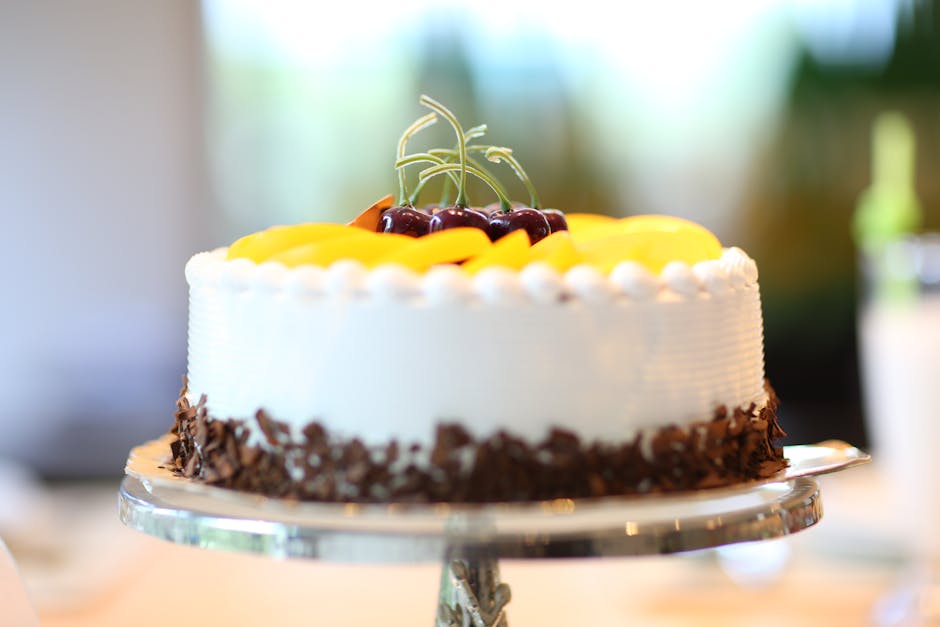Introduction
Ever dreamt of biting into a moist, rich, and flavorful fruit cake that’s bursting with deliciousness? Forget the dry, crumbly store-bought versions! Making your own homemade fruit cake is easier than you think, and the results are absolutely divine. This guide will walk you through everything you need to know, from choosing the right ingredients to baking the perfect cake, ensuring your holiday treat is a resounding success. Let’s get baking!

Main Body
Choosing the Right Ingredients
The key to a great homemade fruit cake lies in the quality of your ingredients. Let’s break down the essentials:
- Dried Fruits: A mix of raisins, currants, candied cherries, and chopped dates provides a wonderful complexity of flavors and textures. Don’t be afraid to experiment with other fruits like dried apricots, figs, or cranberries.
- Nuts: Walnuts, pecans, and almonds are classic choices, adding a satisfying crunch and nutty flavor. Toasting them beforehand enhances their taste.
- Flour: All-purpose flour works well, but some recipes call for cake flour for a softer texture. Consider sifting the flour for a lighter cake.
- Butter and Sugar: Good quality butter and sugar are crucial for a rich and flavorful cake. Brown sugar adds a lovely molasses note.
- Spices: A blend of cinnamon, nutmeg, cloves, and allspice gives fruit cake its characteristic warmth.
- Liquor (Optional): Brandy, rum, or bourbon adds depth and moisture, and also helps preserve the cake. If you prefer a non-alcoholic version, use apple cider or grape juice.

Preparing the Fruit
Soaking the dried fruits in liquor or juice is a crucial step that plumps them up and infuses them with flavor. Here’s how to do it:
- In a large bowl, combine all the dried fruits.
- Pour in your chosen liquor or juice, ensuring the fruits are submerged.
- Cover the bowl and let it soak for at least 24 hours, or even up to several weeks, stirring occasionally. The longer they soak, the more flavorful the cake will be!

The Baking Process
Baking a fruit cake requires patience and a few special techniques to ensure it cooks evenly and stays moist.
Temperature and Time
Fruit cake is typically baked at a low temperature (around 300°F or 150°C) for a long time (sometimes several hours). This prevents the cake from drying out and allows the flavors to meld together.
Lining the Pan
Greasing and lining your cake pan with parchment paper is essential to prevent sticking and ensure easy removal. For extra protection, you can also wrap the outside of the pan with a damp towel to help keep the cake moist.
Batter Consistency
The batter should be thick enough to hold the fruit and nuts in suspension. If it’s too thin, the fruits and nuts will sink to the bottom of the pan.
Checking for Doneness
Insert a wooden skewer or toothpick into the center of the cake. If it comes out clean, the cake is done. If it has wet batter on it, continue baking for a few more minutes and check again.

Storing and Aging Your Fruit Cake
Fruit cake actually improves with age! Wrapping it tightly in cheesecloth soaked in liquor and then sealing it in an airtight container will allow the flavors to deepen and the cake to become even more moist.
- Wrapping: Wrap the cooled cake in a few layers of cheesecloth soaked in your chosen liquor (brandy, rum, etc.).
- Storage: Place the wrapped cake in an airtight container.
- Re-feeding: Every week or two, unwrap the cake, re-soak the cheesecloth with liquor, and re-wrap it. This keeps the cake moist and enhances the flavor.
- Duration: You can age your fruit cake for several weeks or even months. Just remember to re-feed it regularly!

Conclusion
Homemade fruit cake is more than just a dessert; it’s a tradition, a labor of love, and a delightful way to celebrate the holidays. By following these tips and tricks, you can create a fruit cake that’s moist, flavorful, and sure to impress your friends and family. So, gather your ingredients, put on some festive music, and start baking! Your taste buds will thank you.

You could certainly see your enthusiasm in the work you write. The world hopes for even more passionate writers like you who aren’t afraid to say how they believe. Always go after your heart.
Hey just wanted to give you a quick heads up. The words in your post seem to be running off the screen in Safari. I’m not sure if this is a format issue or something to do with web browser compatibility but I thought I’d post to let you know. The layout look great though! Hope you get the issue solved soon. Thanks
F*ckin?awesome things here. I am very glad to see your post. Thanks a lot and i am looking forward to contact you. Will you please drop me a e-mail?